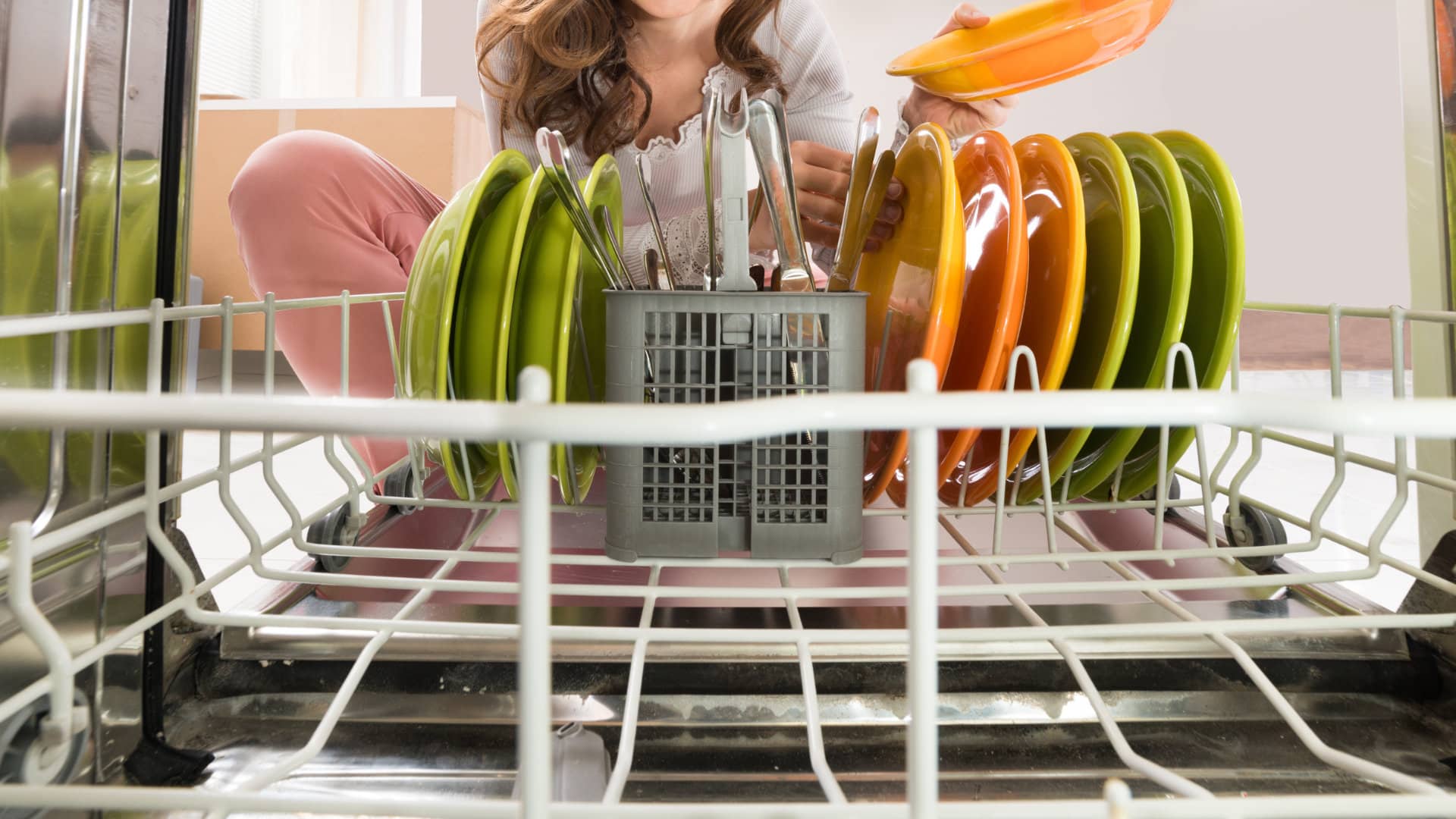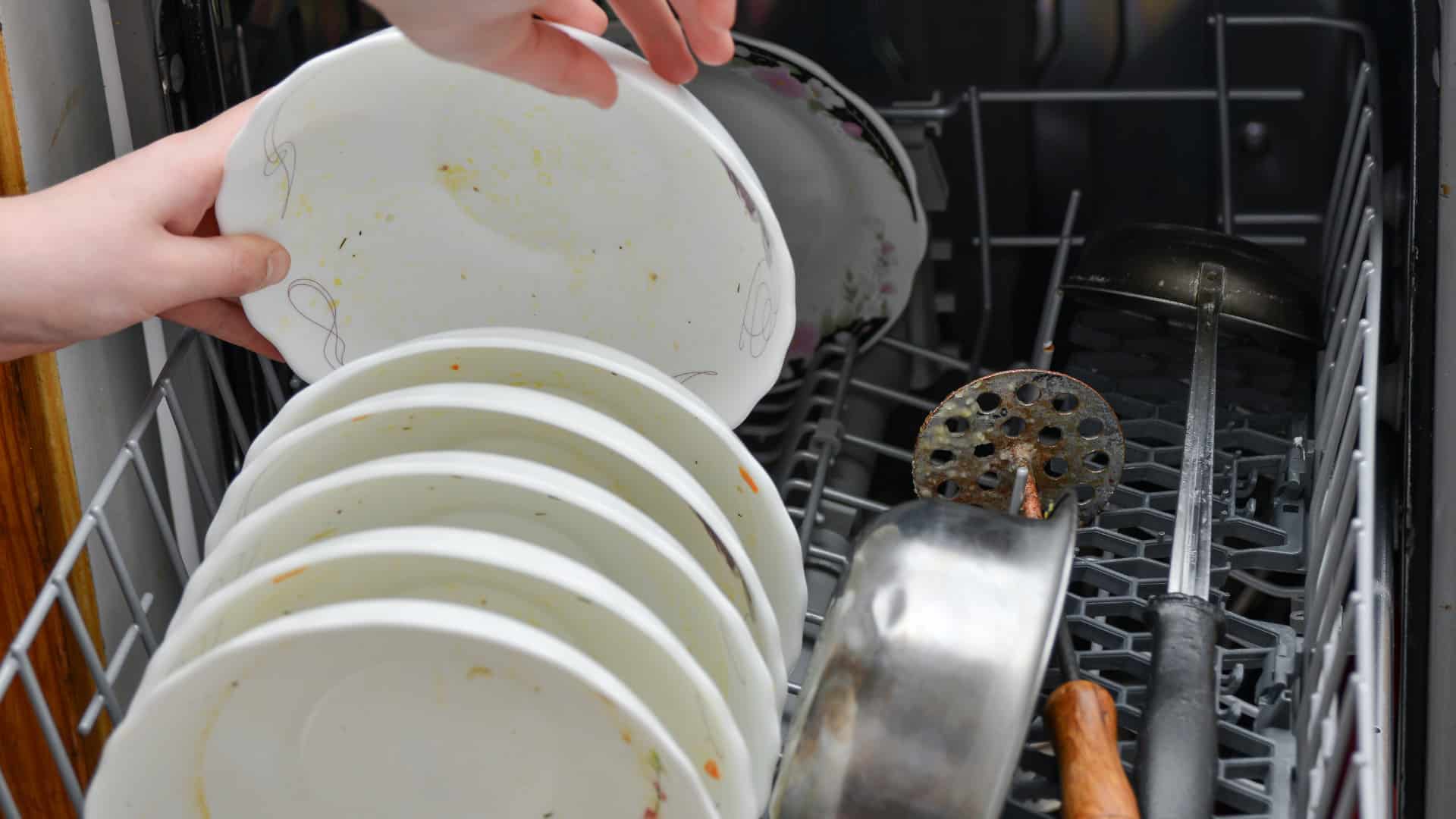
This guide will tell you how to fix an Electrolux dishwasher that is not draining. Sometimes, a dishwasher will stop draining due to something simple like the filter being blocked.Other times, the cause might be something more serious like a defective pump motor.
To find the reason for your dishwasher not draining, simply follow our step-by-step instructions, and you should be able to get your appliance draining again.
All major Electrolux dishwasher models are covered by this guide, including the following:
EDW5500DSS0
EDW7505HPS0A
EDW7505HPS1B
EIDW5905JS0A
EIDW6105GB0
EIDW6105GB1
EIDW6105GS0
EIDW6105GS1
EIDW6105GS1A
EIDW6105GS2B
EIDW6105GW0
EIDW6305GS0
EIDW6305GS1A
EIDW6305GS2B
EIDW6405HT0A
EWDW6505GB0
EWDW6505GS0
EWDW6505GS0B
EWDW6505GS1C
EWDW6505GW0
SAF540E0
Step 1—Clean the filter
The best place to start is to give the dishwasher filter a clean. If the filter gets blocked up with debris, your appliance might stop draining. Thankfully, cleaning the filter is a simple task.
Follow these instructions to clean the filter:
- Take the lower rack out of your dishwasher.
- If your dishwasher has a cover over the filter, remove it.
- Remove the filter by rotating it clockwise and lifting it out of the dishwasher.
- Thoroughly wash the filter in hot soapy water.
- Dry the filter off and put it back into the dishwasher.
- Reattach the cover over the filter (if applicable).
- Put the lower rack back into the dishwasher.
- Turn your dishwasher onto a cycle and see if it can drain. If it isn’t draining, go to step 2.
Step 2—Check the garbage disposal and air gap
The next step is to check the garbage disposal and air gap. If your dishwasher isn’t connected to the garbage disposal, you can skip this step.
You need to run the disposal before running your dishwasher. This is to ensure it doesn’t prevent the dishwasher from being able to drain properly. You also need to clean out the air gap regularly too.
Step 3—Check the drain hose
If cleaning the air gap and the garbage disposal didn’t fix your drainage issue, the next step is to check the drain hose. If the hose becomes kinked or internally blocked, your dishwasher won’t be able to drain.
This is how to check the drain hose:
- Locate the drain hose and check that it isn’t kinked or leaking. If it is, the hose will need to be replaced.
- If the hose isn’t kinked or leaking, disconnect the hose.
- Run hot water through the hose to ensure it isn’t blocked. If the hose is blocked, unblock it.
- Once you have checked the hose, reattach it to your dishwasher.
- Turn your dishwasher on and check if it can now drain. If not, move on to step 4.
Step 4—Check the drain impeller
The purpose of the drain impeller in your Electrolux dishwasher is to push water out through the drain hose during and at the end of a wash cycle. If the impeller becomes defective, your dishwasher won’t be able to drain.
This is how to check the drain impeller:
- Locate the drain impeller (you can find it at the bottom of the dishwasher).
- Inspect the impeller for damage.
- If damaged, the impeller will need to be replaced. If it isn’t damaged, move on to step 5.
- To replace the impeller, you will need to purchase the correct replacement part and then swap it out with the old one. Once installed, check if your dishwasher can now drain properly. If not, move on to step 5.
Step 5—Check the drain solenoid
The drain solenoid lets water drain from the dishwasher through the drain hose during and at the end of a wash cycle. If the solenoid fails to open, your dishwasher won’t be able to drain.
This is how to check the drain solenoid:
- Locate the drain solenoid and check it for any signs of damage.
- If the solenoid is damaged it will need to be replaced. If it isn’t damaged, move on to step 6.
- To replace the drain solenoid, you will need to purchase the correct replacement part and then swap it out with the old one. Once installed, check if your dishwasher can now drain properly. If not, move on to step 6.
Step 6—Check the check valve
The purpose of the check valve is to prevent water from coming back into the dishwasher through the drain hose. If defective, your dishwasher won’t be able to drain.
This is how to check the check valve:
- Locate the check valve.
- Inside the valve is a check ball. Make sure that there isn’t any loose debris preventing the check ball from moving freely. If there is, remove the debris. If the check ball can move freely, move on to step 7.
- If you’re unable to fix the check ball, a new check valve will need to be installed.
- To replace the check valve, you will need to purchase the correct replacement part and then swap it out with the old one. Once installed, check if your dishwasher can now drain properly. If not, move on to step 7.
Step 7—Check the drain pump
The final step in our guide for how to fix an Electrolux dishwasher not draining is to check the drain pump. If the pump is defective, your dishwasher will not be able to drain. You will need a multimeter to check the drain pump. If you don’t have a multimeter, you will need to get a technician to inspect your appliance.
This is how to check the drain pump:
- Switch the power off to your Electrolux dishwasher.
- Locate the drain pump and remove it from your dishwasher. Be careful when disconnecting the wires.
- Once disconnected, test the pump motor with a multimeter.
- If the pump motor doesn’t have continuity it will need to be replaced. If the pump does have continuity, you will need to get a technician to inspect your appliance to see if they can find the cause of your dishwasher not draining.
- To replace the drain pump, you will need to purchase the correct replacement part and then swap it out with the old one. Once installed, check if your dishwasher can now drain properly.
If not, you will need to get a technician to inspect your appliance to see if they can find the cause of your dishwasher not draining.
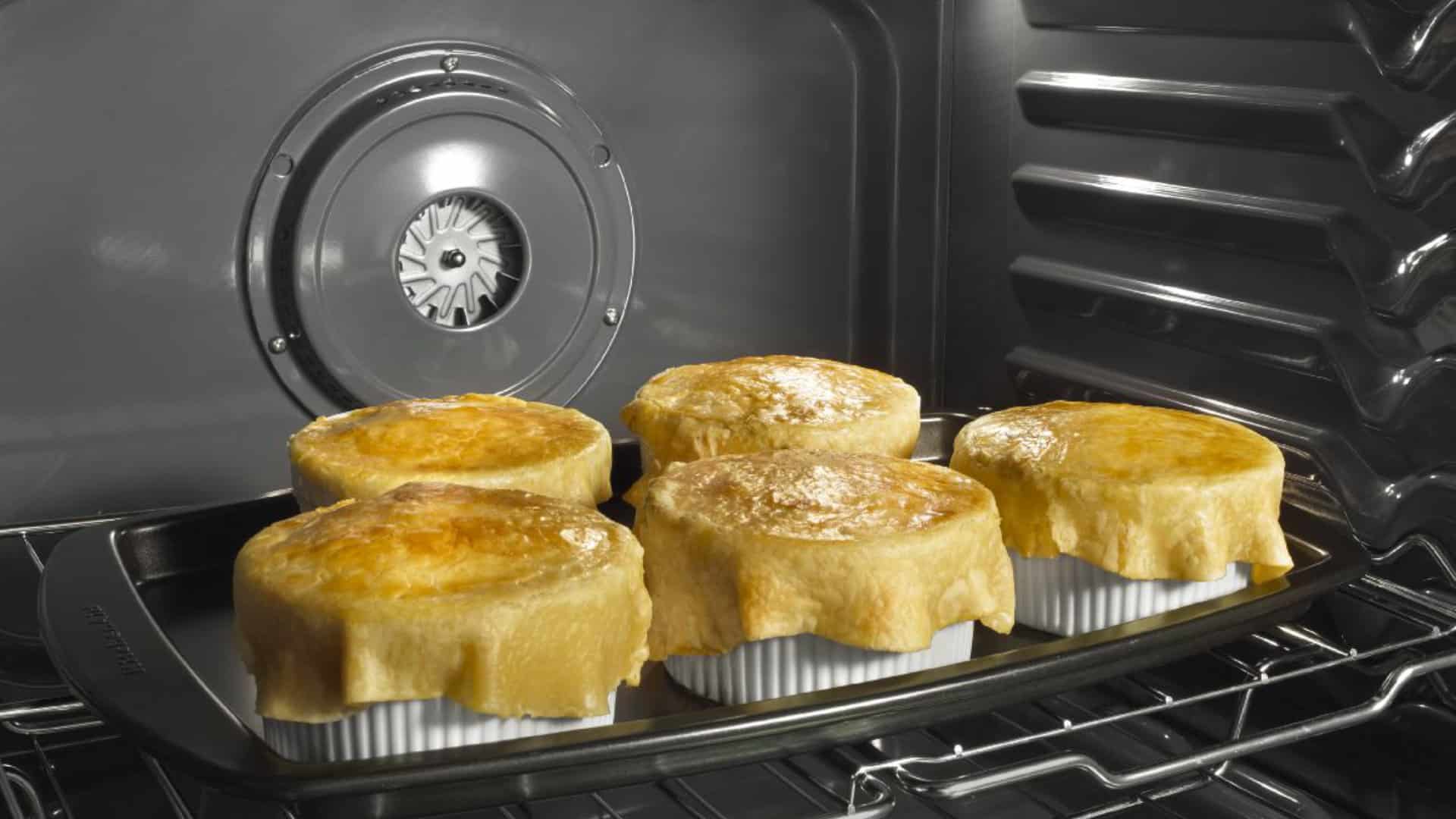
How to Fix Whirlpool Stove F9 Code

Fix Whirlpool Duet’s F20 Error Code

Freezer Working But Not Fridge? 5 Fixes

Speed Queen Washer Error Codes Explained

7 Reasons Why Your KitchenAid Ice Maker Isn’t Working

LG Oven F9 Error: Here’s How to Fix It
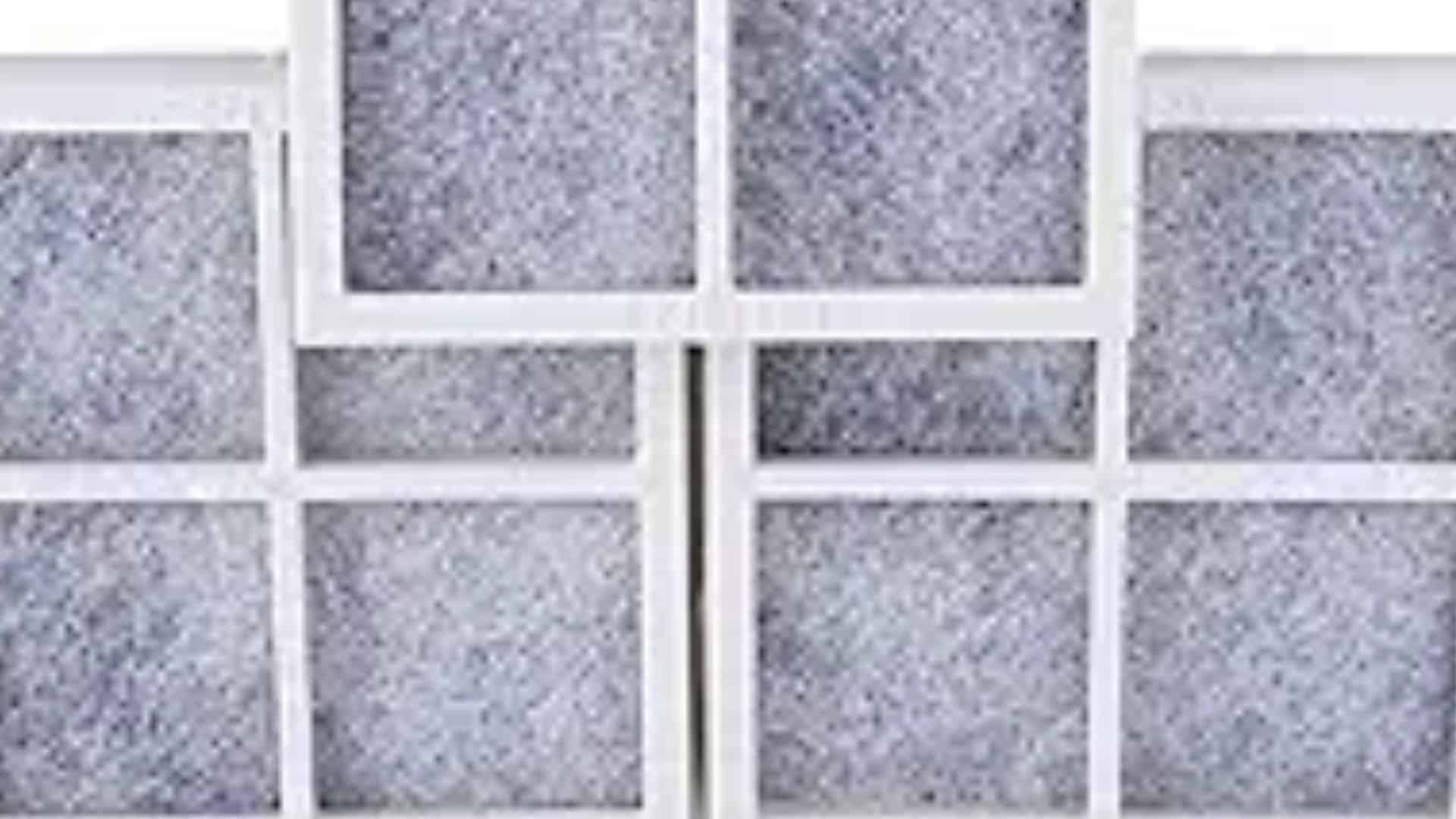
How to Replace an LG Refrigerator Air Filter
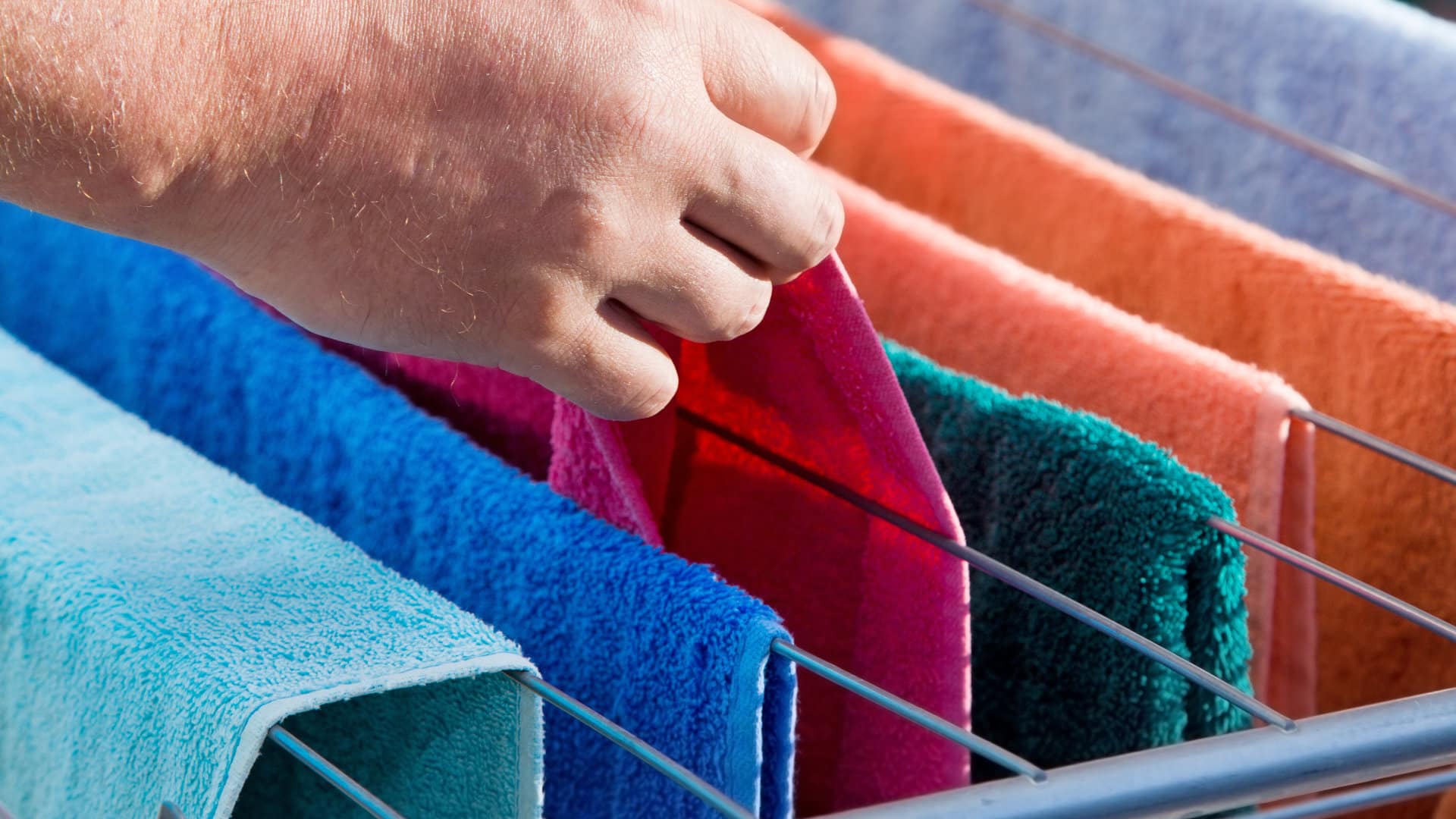
What Do Dryer Sheets Do?

How to Cook Corn on the Cob in the Microwave
